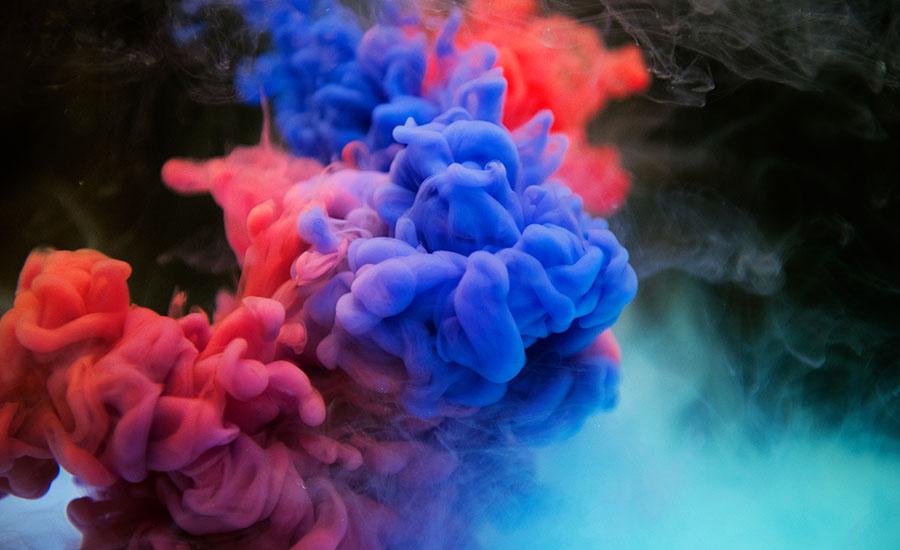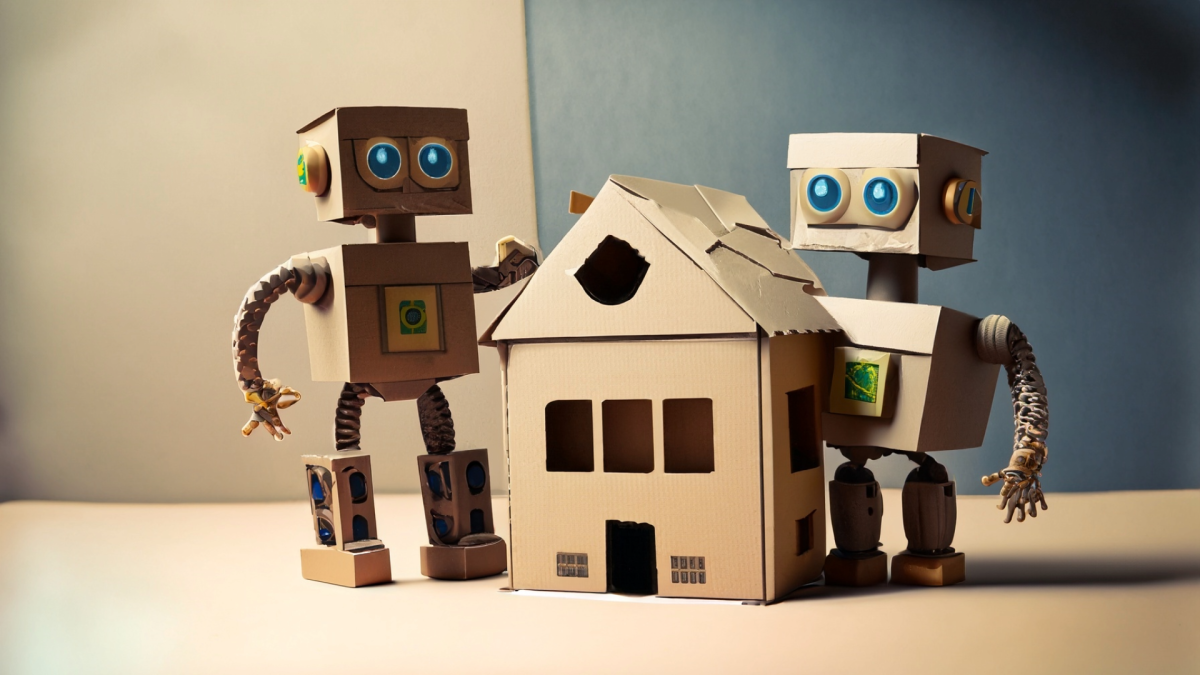
Optimizing iPhone Color Production
by Deepak Arora
In this real-world STEM lesson, students take on the role of product planners at Apple to determine the optimal production mix of iPhone 16 colors that maximize profit while considering demand, capacity, and material constraints. They learn linear programming by formulating a mathematical model and defining decision variables, objective functions, and constraints. Students solve the problem using graphical methods or software, interpret solutions, and discuss implications. A hands-on group project reinforces learning by applying linear programming to related product mix optimization scenarios. The lesson incorporates differentiation, enrichment, and practical applications to build problem-solving and mathematical modeling skills.
Lesson Plan Link/URL
https://docs.google.com/presentation/d/17YD-rKqot5uhDh-uNdgJHFYPgf0HHUs1/edit?u…Subject Area
Technology 3. Knowledge Constructor 5. Computational Thinker Engineering S3: Apply Mathematics to Engineering Mathematics Expressions and Equations (EE) Functions (F) Algebra (A) Reasoning with Functions and Relations (RFR)
Featured
Off
Related Content

Grades:
6th Grade, 7th Grade, 8th Grade, 9th Grade, 10th Grade, 11th Grade, 12th Grade
This lesson is designed to encourage students to explore their interests and pursue their passions while diving into the world of STEM. This lesson takes place in a classroom for one semester. 1 hour

Grades:
Kindergarten, 1st Grade, 2nd Grade, 3rd Grade, 4th Grade, 5th Grade, 6th Grade, 7th Grade, 8th Grade, 9th Grade, 10th Grade, 11th Grade, 12th Grade
Students (or teacher) create an escape room to align with any math (or science or any subject) standards. Can incorporate various technology (chromebooks, laser pointers, etc and students will need to

Grades:
3rd Grade, 4th Grade, 5th Grade
This lesson is an intro to Cybersecurity and it helps bring awareness. This lesson helps students understand the importance of change and creating passwords secure enough so their emails or logins